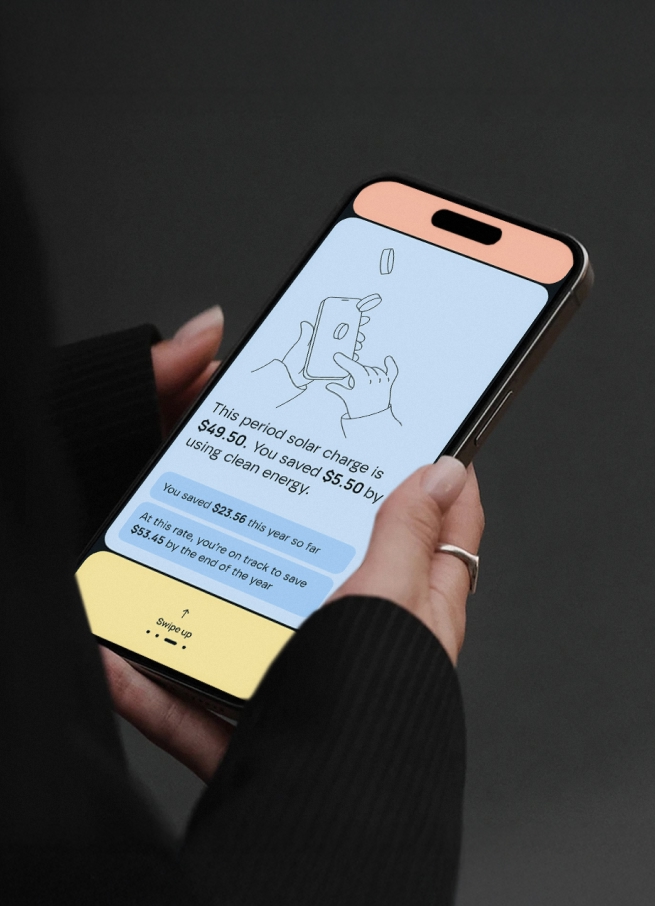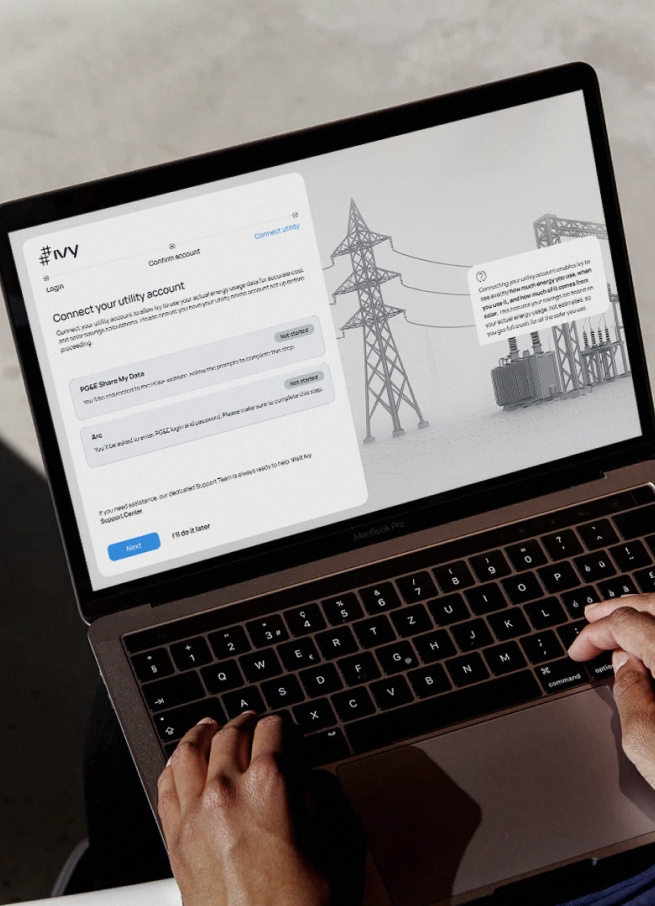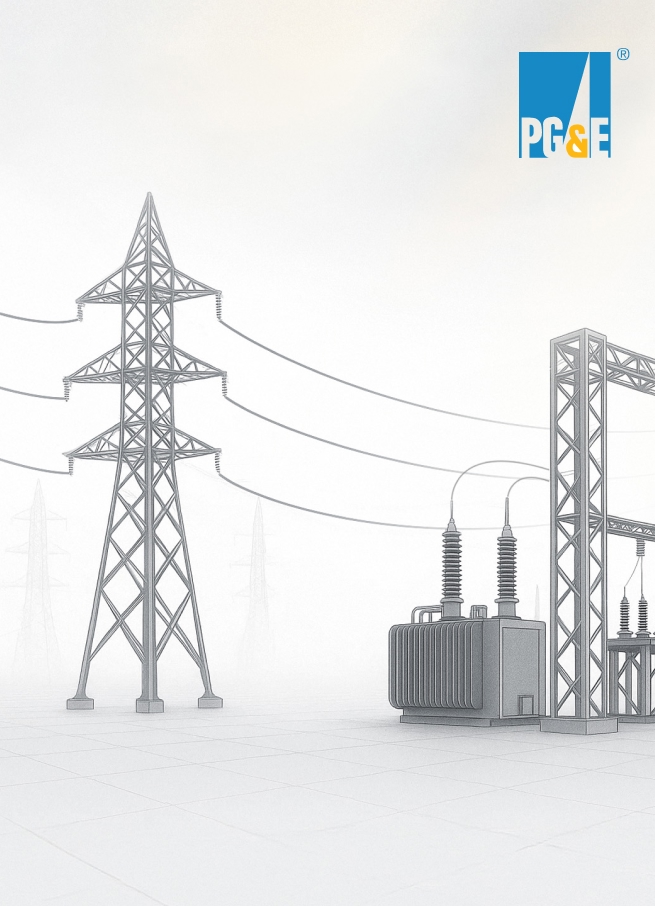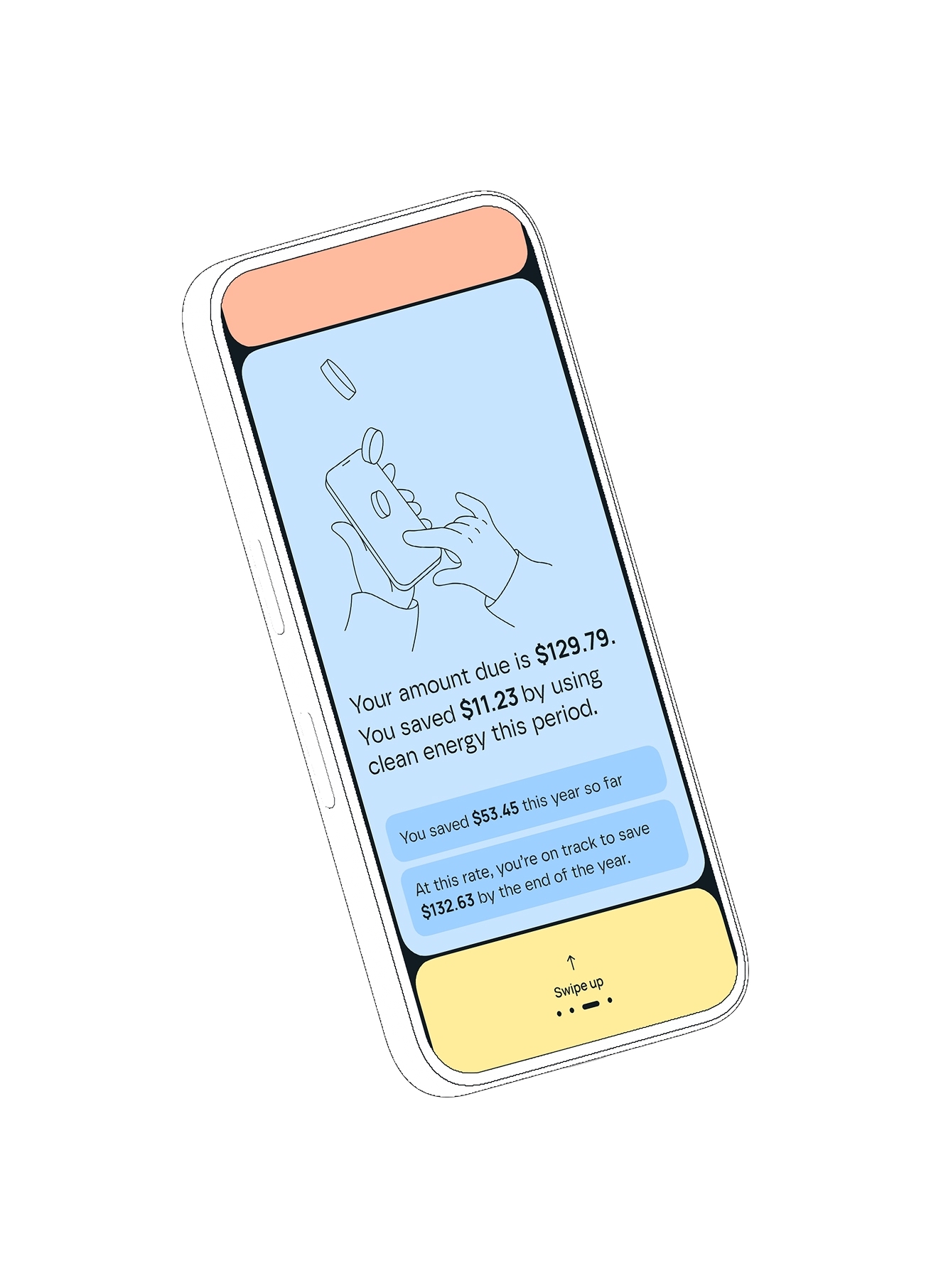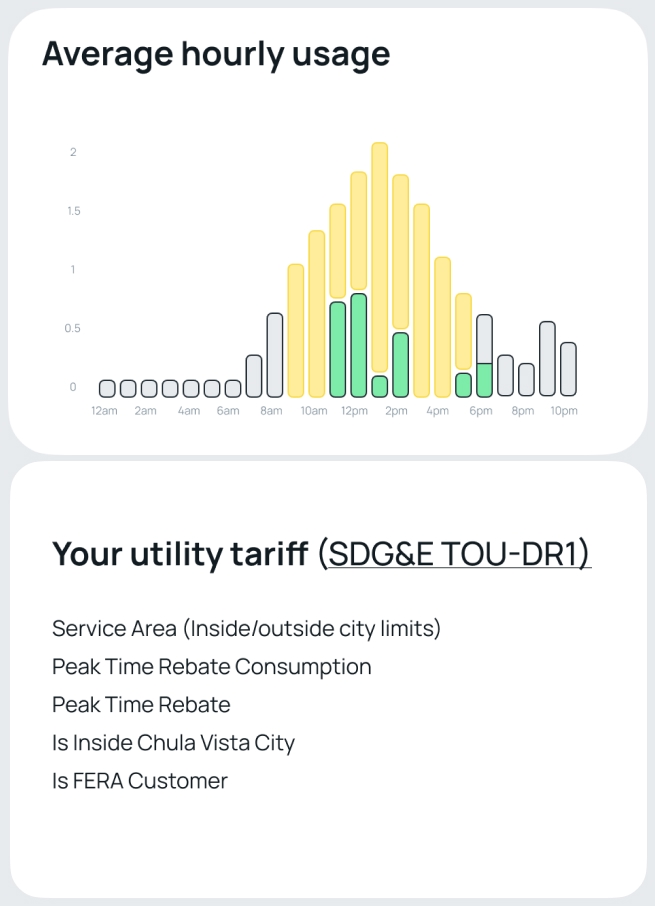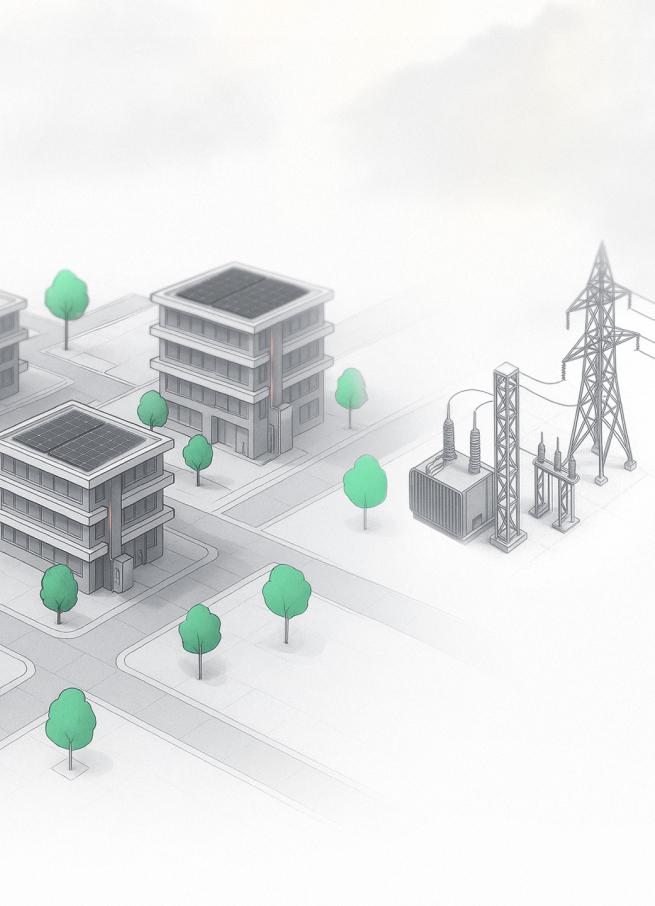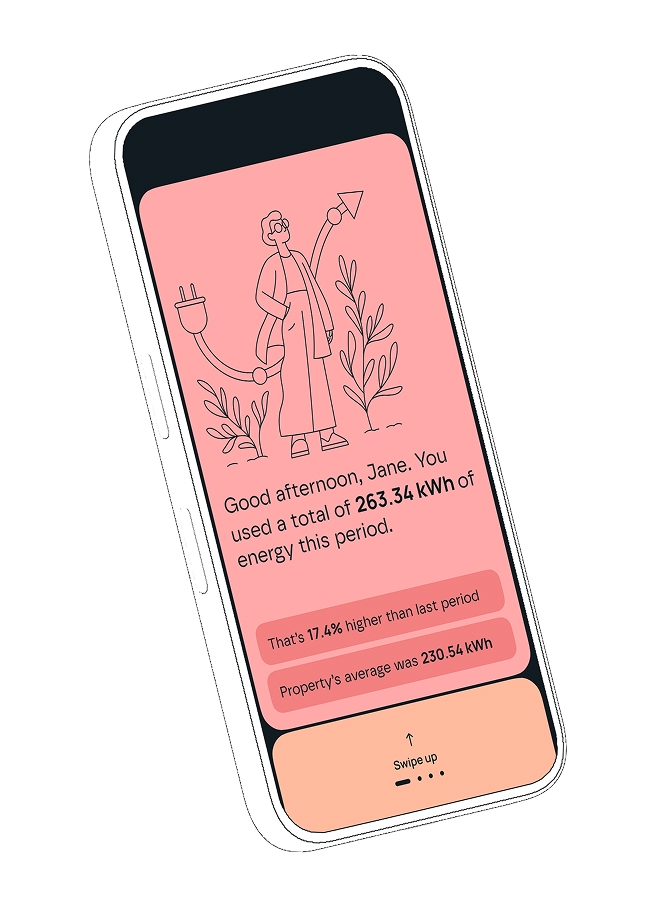Understanding Estimated Bills
.jpg)
At Ivy, we aim to make your billing experience smooth, transparent, and accurate. Occasionally, we may need to estimate your energy usage to ensure you receive your bill on time. This article explains why this happens, how we calculate estimates, and what happens once your actual data becomes available.
When Does Ivy Estimate My Bill?
Ivy calculates your Solar Statement each month using actual consumption data from your utility provider. If this data isn’t available by the time we need to produce your Solar Statement, we estimate your energy usage to avoid billing delays.
Our estimation process is designed to be as accurate as possible. If there are any differences between the estimate and your actual energy usage, we’ll correct this through a process called a True-Up once your data becomes available.
💡 Ivy Tip: If you see a note on your bill indicating it was estimated, rest assured—we'll automatically reconcile it as soon as your actual usage data is available.
Why Is My Data Missing?
There are a few reasons why your energy usage data might not be available when it’s time to generate your bill:
- Utility provider delays: Your provider may experience technical issues that delay the transfer of data to Ivy.
- Lost authorization: If Ivy loses access to your utility account, you’ll need to reconnect it to restore access.
- Utility bill corrections: Sometimes, utility providers restrict access while they make adjustments to past bills.
💡 Ivy Tip: The most common reason for missing data is a disconnected utility account. You can reconnect securely through Ivy’s portal or contact our Support Team for help.
How Does Ivy Estimate My Bill?
Ivy estimates your gross energy consumption—the total energy your unit uses in 15-minute intervals throughout the billing period. This information helps calculate the “What I Would Have Paid Without Solar” portion of your Solar Statement.
If you’re on a Time-of-Use rate plan, energy costs vary depending on when you use electricity. For example, energy used during peak hours (like 4:00 PM – 9:00 PM) costs more. Your estimated bill reflects these rate variations using the most current utility rates for your area.
💡 Ivy Tip: Ivy always uses the most up-to-date seasonal rates from your utility—even for estimated bills—so your charges reflect real-time pricing.
How Is My Data Estimated?
Ivy uses several methods to estimate your gross energy consumption, depending on your billing history and the availability of data.
1. Historical consumption
If we have at least one full month of data from the past three months, we use it to mirror your typical usage, aligning days of the week and time of day.
2. Community average
If no historical data is available for your unit, we use anonymized data from similar units in your community.
- For smaller communities (fewer than 30 units), we average usage from 68% of units.
- For larger communities, we use 38% of units.
We calculate an average energy use every 15 minutes to create your estimated profile.
3. Recent usage weekly profile
If you have partial data (but not a whole month), we calculate a weekly average from your available data and apply it to your current billing period.
💡 Ivy Tip: The longer your community has been live with Ivy, the more accurate your estimate will be, thanks to our growing dataset of real usage patterns.
How Does Ivy Correct an Estimation?
When your actual consumption data becomes available, Ivy performs a True-Up:
- We recalculate the “What I Would Have Paid Without Solar” using your real usage.
- We subtract the estimated amount from the actual cost.
- If the result is negative, you’ll receive a credit on your next bill.
- If it’s positive, you’ll see a debit.
Credits that exceed your current bill roll over: If a True-Up results in a large charge, Ivy may spread it across multiple bills to keep things manageable.
💡 Ivy Tip: You’ll always see a clearly labeled “True-Up” line item on your Solar Statement so that you can track any corrections with complete transparency.
Conclusion
Estimated bills are a regular part of the solar billing process when usage data is delayed or temporarily unavailable. Ivy’s estimation methods are built for accuracy, and our True-Up process ensures your charges are always balanced to reflect your real energy use.
You can stay informed and confident in your billing by reviewing your Solar Statement each month, checking for estimation notes or True-Up entries, and keeping your utility account connected.
If you ever have questions, Ivy’s Support Team is here to help.
(833) 204-0302 or email us at support@ivy.energy
Submit
.jpg)

